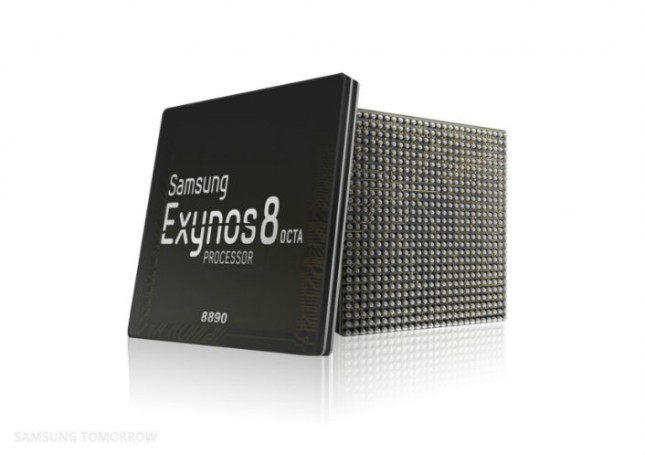Samsung 2nd Gen 14nm FinFET Technology Now Used In Mass Production
By
Samsung Announces Mass Production of 2nd Generation 14-Nanometer FinFET Logic Process Technology

